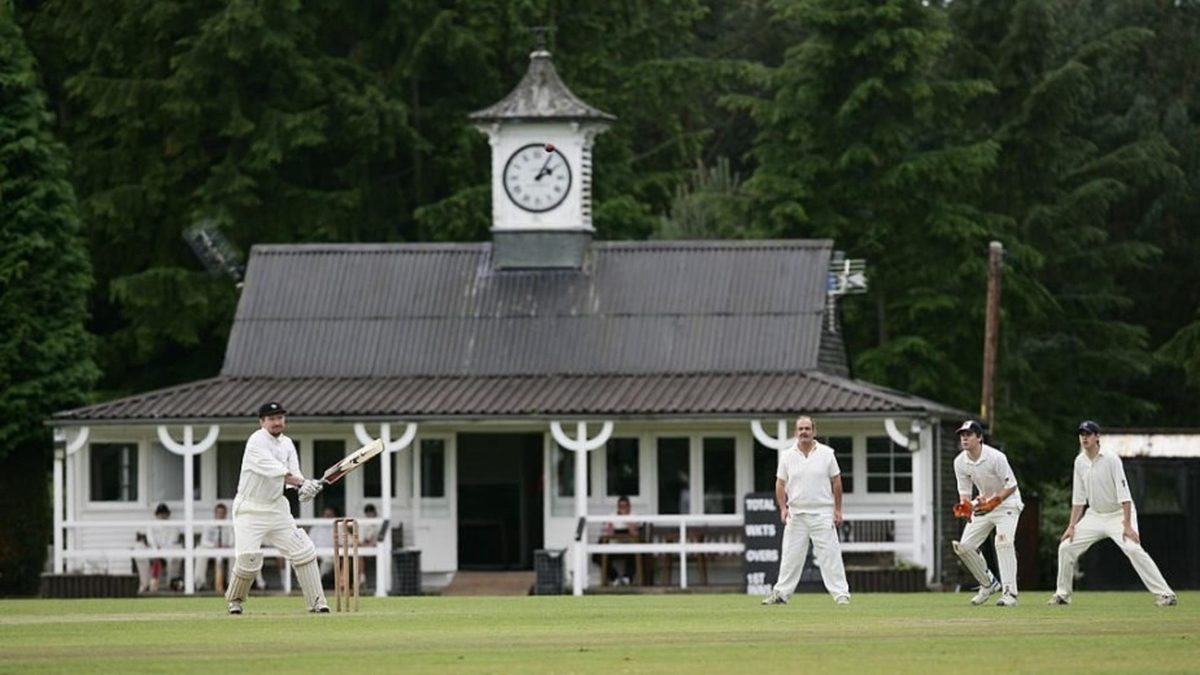
Presenting part two in our rundown of the essential rules of club cricket – read part one here.
The batsman due in at No.6 does the umpiring duties at square-leg and No.7 does the scoring. Essentially this also dictates the order, there should never be a case of a 15-year-old batting at No.5 while someone over the age of 25 comes in No.6. They must be swapped.
You must move the sightscreens if you want to be taken seriously as a batsman. It doesn’t matter if the ball is coming from the centre of the screen or if the bowler is throwing up pies which are coming directly out of the clouds. You will be considered second rate if you do not.
Never move from your seat during a partnership. You must do whatever you were doing when the partnership started – even if that means a long stint in the toilet.
The two youngest members of the team must collect the boundary flags at the end of the game. If they show reluctance, try turning it into a competition to see who can collect the most – no prizes required for the winner. This simple but effective bit of trickery will see both parties charging in opposite directions around the boundary to converge on the final flag in a surprisingly violent and vigorous tussle.
The away team eat first. This is not always easy but failure to allow this rite of passage often results in a stigma which will whistle through the league and result in a ripple of negative tea-time tactics during the remaining away fixtures.
During the drinks break be sure to hydrate the umpires. Failure to do so may see no-balls given as timbers are cartwheeling or wides given off the outside edge.
We must support each other with nonsensical terms like ‘good chase’. Fielders must be congratulated on accompanying the ball to the boundary, even if they never stood any chance of retrieving it before it crossed the ropes. The chase should always be described as ‘good’ – never more, never less – whatever the result. If it’s the big lad who’s not so fleet of foot chasing the leather, the level of patronising support must be ratcheted up a level.








